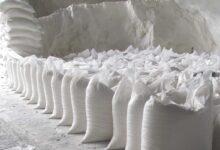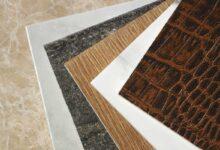Premium Iranian wire & cable export
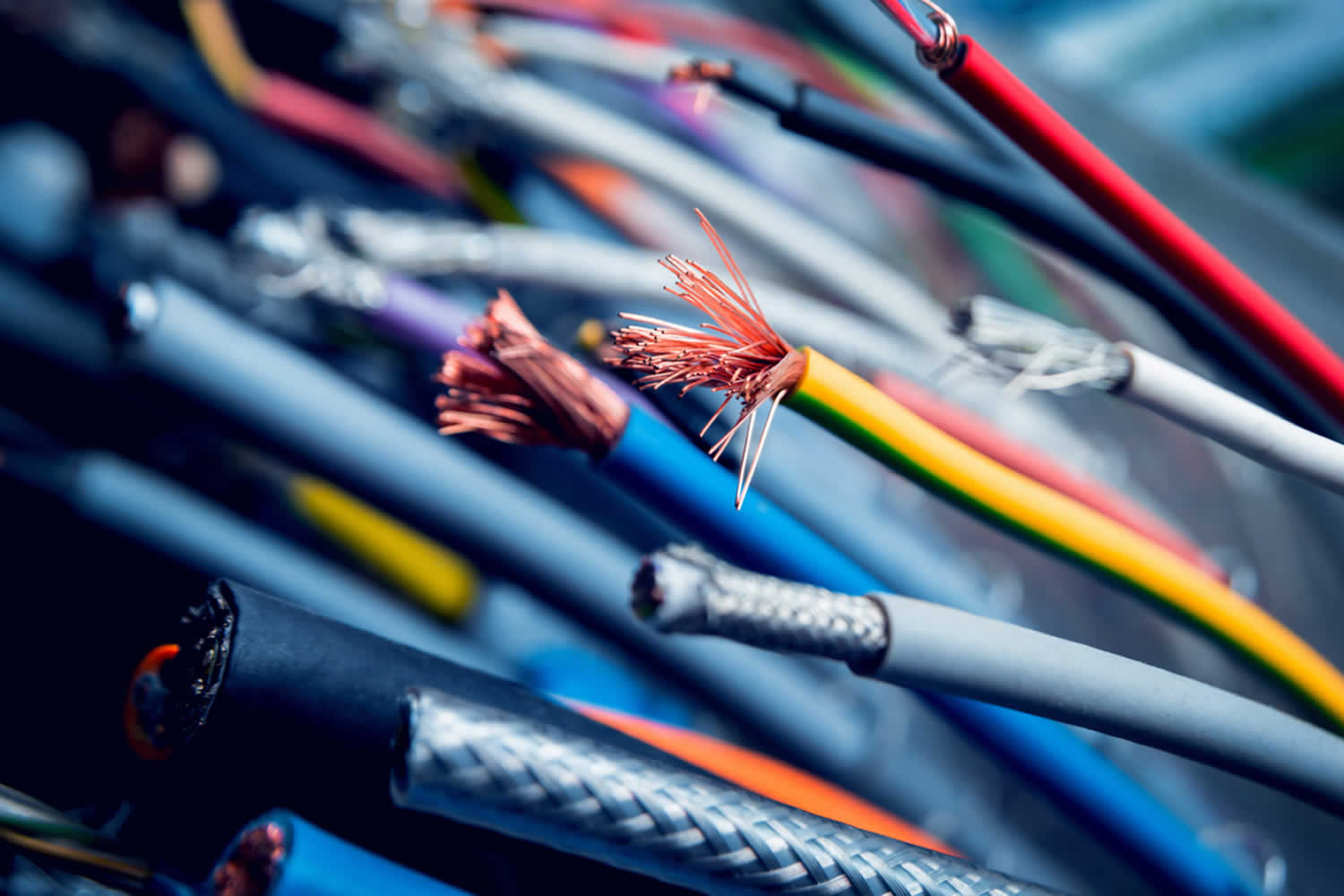
Discover premium Iranian wire and cable products, known for their exceptional quality, reliability, and performance across a wide range of industries. Whether you’re looking for electrical wire, copper wire, industrial cables, or communication cables, these high-quality wires are manufactured to meet international standards for durability and safety. Sourced directly from trusted suppliers in Iran, they are ideal for construction, telecommunications, and energy sectors, offering superior conductivity and resistance. Browse our updated wire and cable price list to access competitive export prices and find the best deals on top-grade Iranian wire and cable products for bulk orders and wholesale purchases. the export of various types of braids, wires, or cables from iran refers to the combination of one or more wires or ropes that are intertwined or interlocked to form a single group.
These cables have diverse applications across different industries. In the field of mechanics, cables are used for lifting and pulling, and they are specifically referred to as steel ropes or pull wires. In the electricity sector, cables are employed for conducting electricity. Optical cables, on the other hand, consist of one or more optical fibers protected by a sheath. The term “cable” is used differently in various industries, such as transportation, where cables are utilized for holding ships, and in mechanics for moving large and heavy objects. In the electrical industry, cable plays a significant role in electronic power transmission.
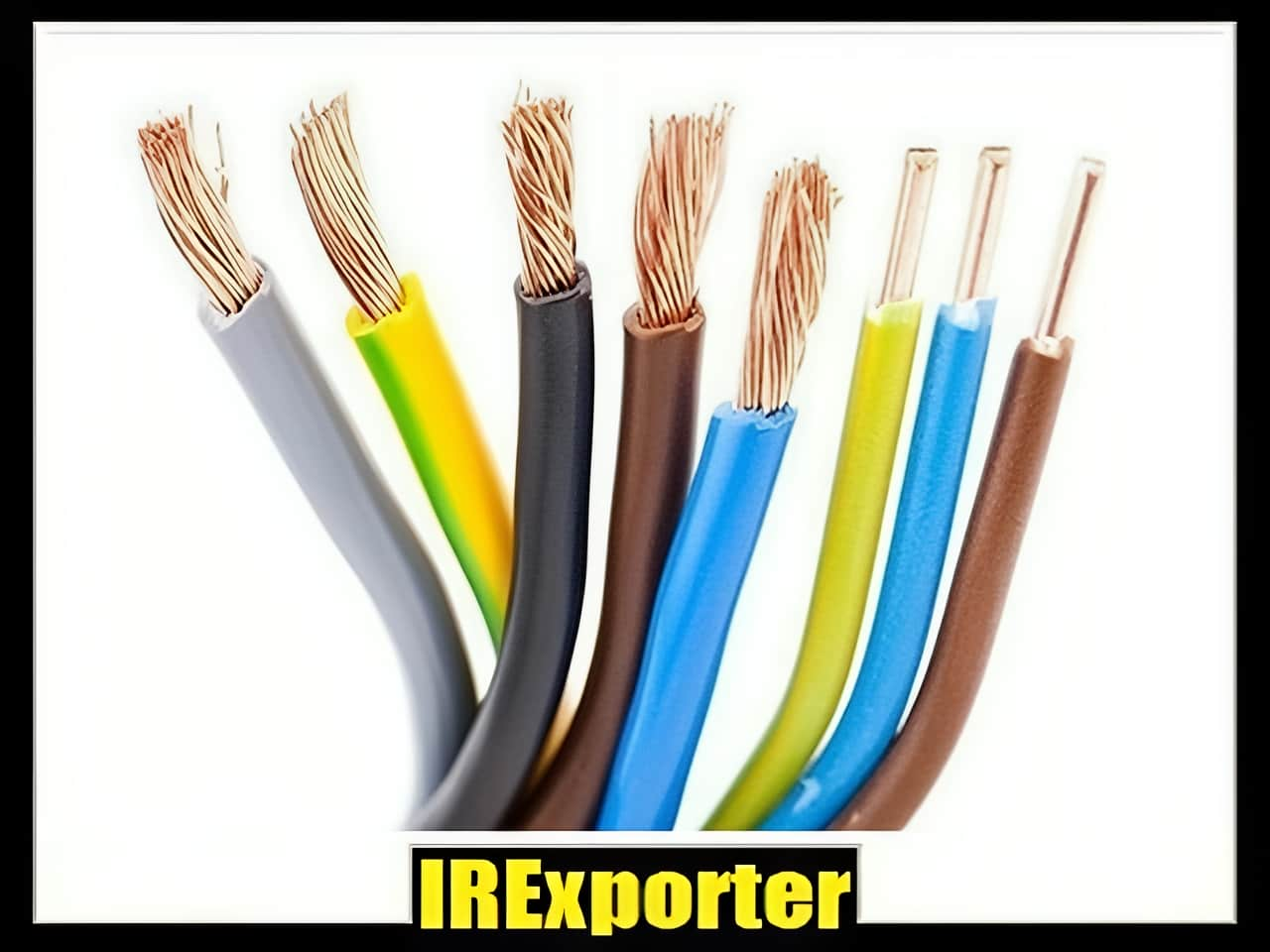
overview of the global wire and cable sourcing industry
cables have been in use since the 1830s when sailors utilized them as tools for work. Initially, cables were mainly used for telegraphic communications involving the laying of steel. Over time, the word “wire” emerged with the advancement of scientific discoveries, and copper became the primary conductor material. However, these wires lacked insulation until the electrical industry expanded in 1876, leading to the production of rubber-coated cables. The manufacturing process involved joining multiple strands of copper wire and covering them with a type of natural rubber called “guttapercha.”
in the early stages, cable production involved wrapping plant insulation material around the conductor, followed by drying and impregnation with resin or wax. Eventually, the cables were covered with lead. In 1887, a new insulation material called “bakelite” was synthesized, offering a cheaper alternative to rubber. This breakthrough allowed for the production of paper insulators with improved quality and suitability for higher voltages. The development continued, and in 1898, a three-core cable with a voltage rating of 10 kv was created for a three-phase ac electrical network.
with the progression of cable production, new materials such as epr, pvc, and pe were introduced, expanding the cable industry’s capabilities and attracting significant investments. The introduction of cross-linked polyethylene insulation (kslpe) in 1953 further expanded the range of high-voltage cables that could be manufactured. Cross-linked polyethylene insulation is a thermosetting material resulting from a heat-chemical reaction, enabling the production of cables capable of carrying very high voltages, including those exceeding 500 kv.
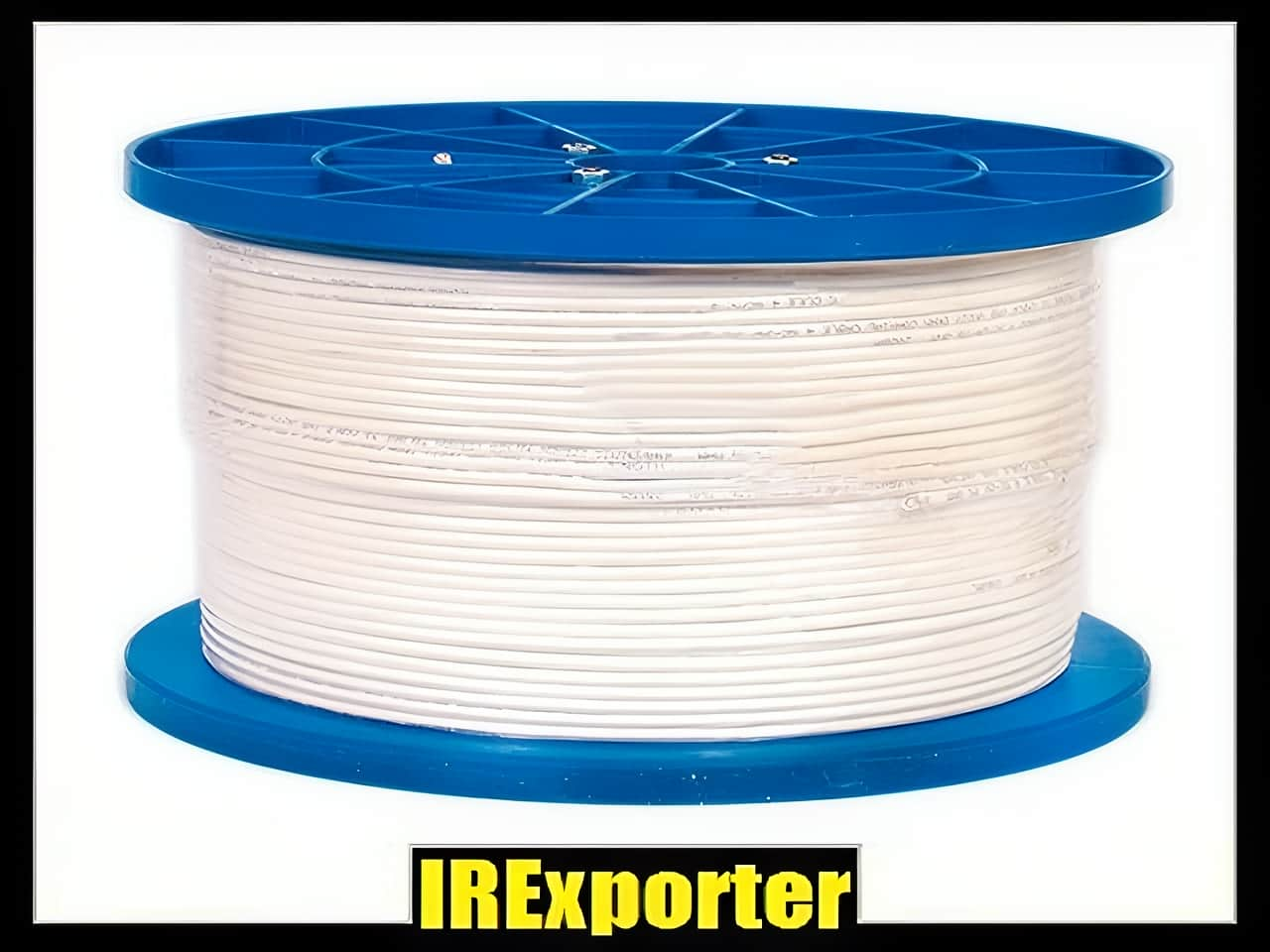
industrial wire and cable export price
industrial wires and cables are essential components of power transmission systems, enabling the use of electricity. Iran has become a significant producer and exporter of industrial cables and wires to eurasian countries, benefiting from available resources and advanced manufacturing capabilities. Iran’s success in exporting industrial wire and cable to eurasia can be attributed to meeting international standards and delivering high-quality products. Countries such as turkey, turkmenistan, afghanistan, iraq, syria, and azerbaijan import these products from iran. The export price of industrial wire and cable has shown an upward trend based on recent charts.
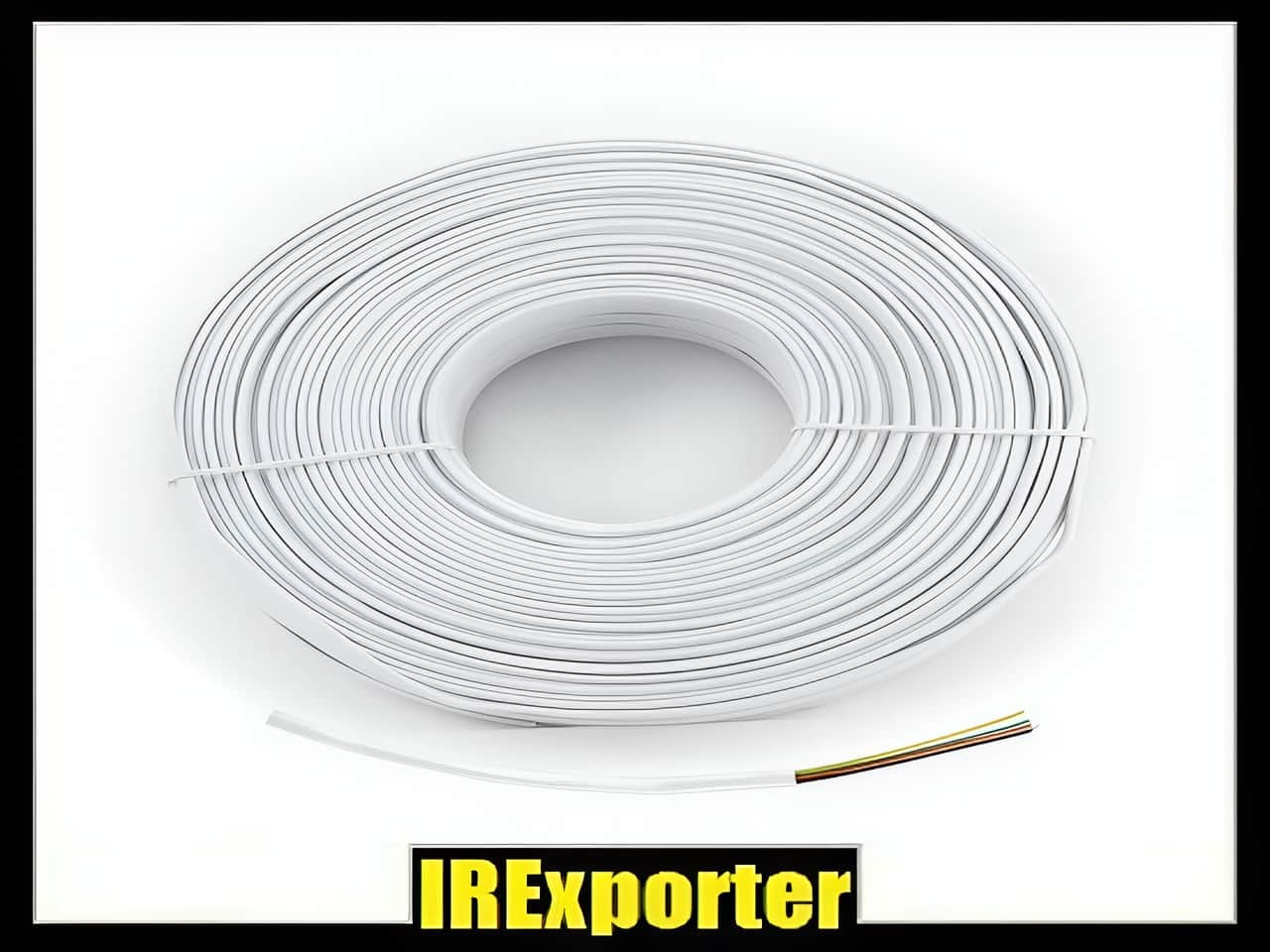
factors affecting the cost of wires and cables
the cost of wires and cables can vary significantly depending on several factors. Some of the key factors influencing the purchase price of exported wire from iran are:
- the length of the wire: longer cables generally entail higher costs.
- wiring section: the cross-section size and shape of the wire’s conductor affect its price.
- the type of conductor: wires can be made of copper, aluminum, or annealed copper.
- the type of insulation: different types of insulation materials and structures impact the wire’s price.
- the brand: the reputation and quality of the wire and cable manufacturer influence the price.
- demand and supply: market dynamics, including demand and supply, can affect pricing.
- competition in the global market: the level of competition among suppliers affects prices.
- exchange rate: fluctuations in currency exchange rates impact the purchase price.
- transportation cost: distance and transportation conditions affect the overall cost.
- taxes and duties: import taxes and duties imposed by the receiving country impact prices.
- government regulations: regulations related to wire exports can influence costs.
- technology: the use of advanced technology in production can affect production costs and, consequently, prices.
understanding these factors is crucial for both suppliers and customers in the wire export industry. Iran has emerged as a growing player in wire exports, offering high-quality products and competitive pricing. With continued support and favorable policies, iran’s wire export industry has the potential to become a significant global market player.
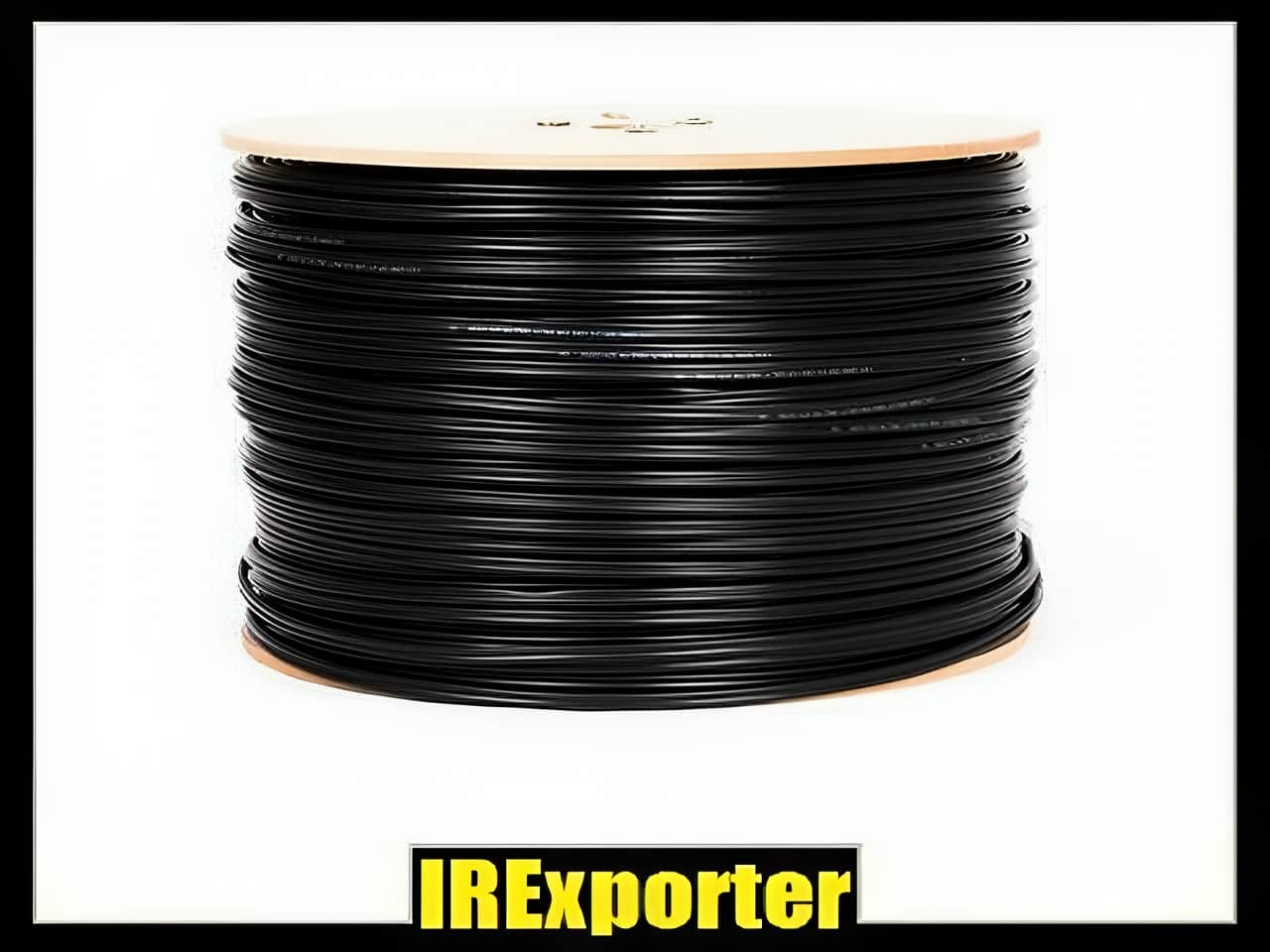
demand and supply wire & cable
the global demand and supply dynamics play a crucial role in determining the purchase price of exported wire from iran. When the demand for wire exceeds the available supply, prices tend to increase. Conversely, if the supply surpasses the demand, prices may decrease. The demand for wire is influenced by various factors, including industry growth and technological advancements.
irexporter serves as an exporter of construction wire and cable to multiple countries. We facilitate the export of construction wire and cable to countries like turkey, pakistan, uzbekistan, iraq, georgia, afghanistan, cyprus, kuwait, oman, qatar, syria, armenia, turkmenistan, russia, morocco, europe, africa, australia, new zealand, malaysia, germany, sweden, bangladesh, thailand, singapore, and cyprus.
as an exporter, irexporter provides comprehensive services related to construction wire and cable. We specialize in construction wire and cable export, offering a wide range of products and a reliable business group for this purpose. Our services include transportation, guiding customers on the specifications of export construction wire and cable from iran, and ensuring a smooth sales process. We also provide online ordering options for customers, allowing them to purchase construction wire and cable through our online store. Our goal is to offer the highest quality products at affordable prices, making us the preferred choice for customers seeking to buy export construction wire and cable. Additionally, we provide after-sales service and guarantee the quality of our products.
the key material used in cable construction is pvc (polyvinyl chloride), which offers non-flammable insulation and excellent flexibility. Pvc is widely used in the mass production of cables due to its low cost and ease of manufacturing. Another insulation material used in cables is pet (polyethylene), which is fire-resistant and suitable for specialized applications.
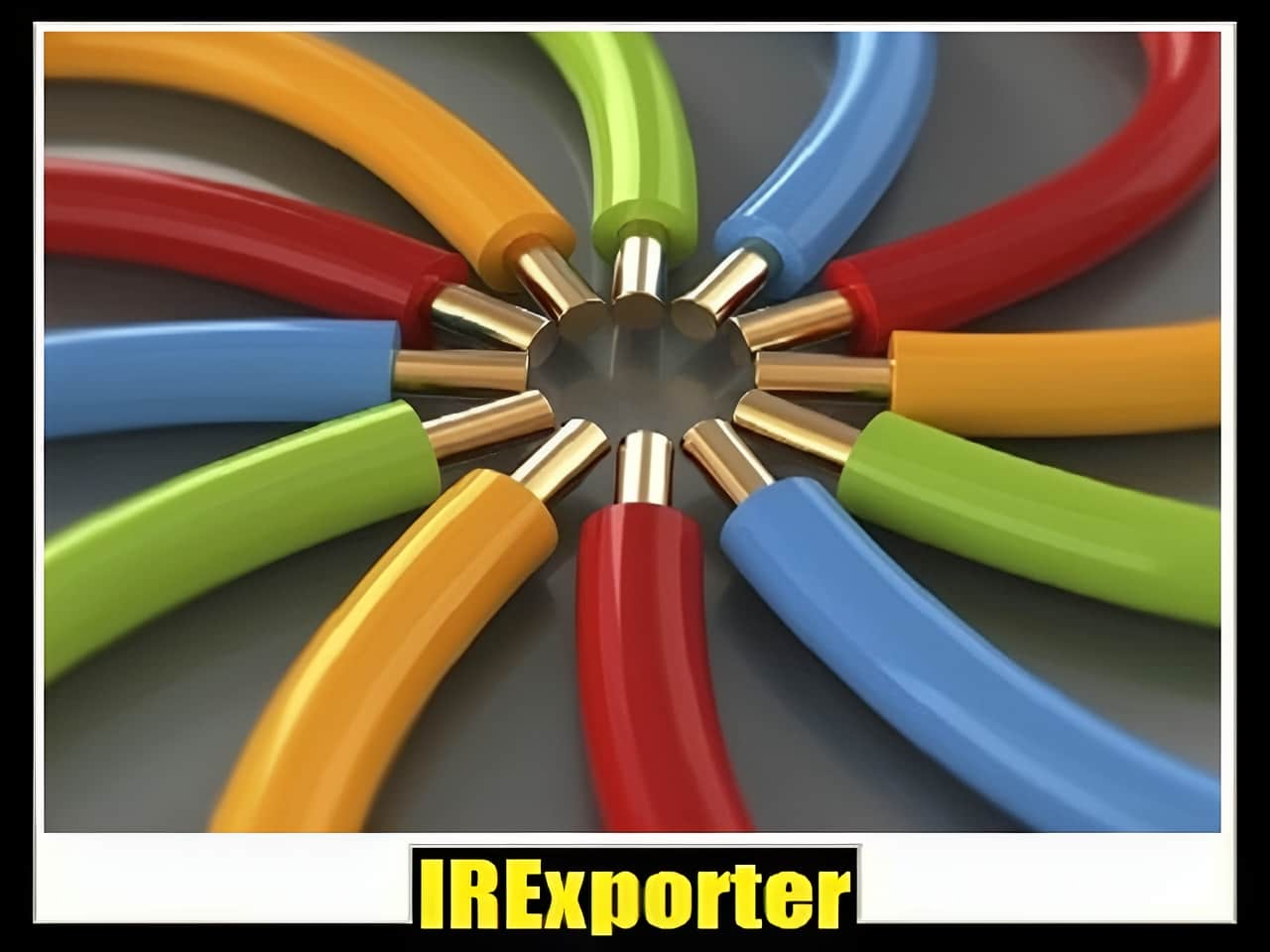
exchange rate
the exchange rate between the iranian rial and the currency of the importing country also influences the purchase price of exported wire from iran. Favorable exchange rates can lower the price of exported wire, while unfavorable rates can result in higher prices.
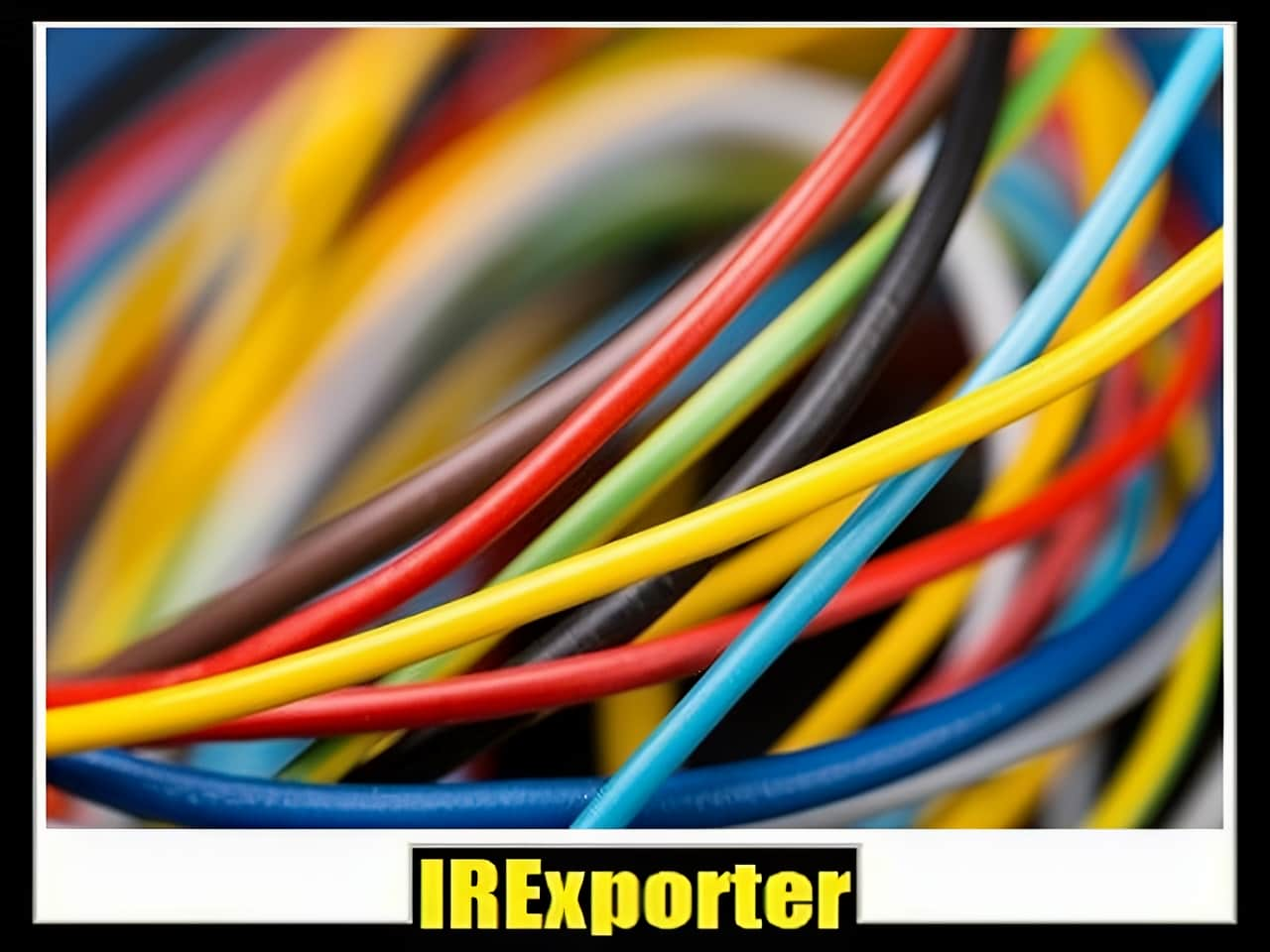
transportation cost
the cost of transportation is another factor impacting the purchase price. The distance between iran and the importing country, as well as transportation conditions, can affect the overall cost. Longer distances and unfavorable transportation conditions may increase the transportation cost, thereby impacting the purchase price of exported wire.
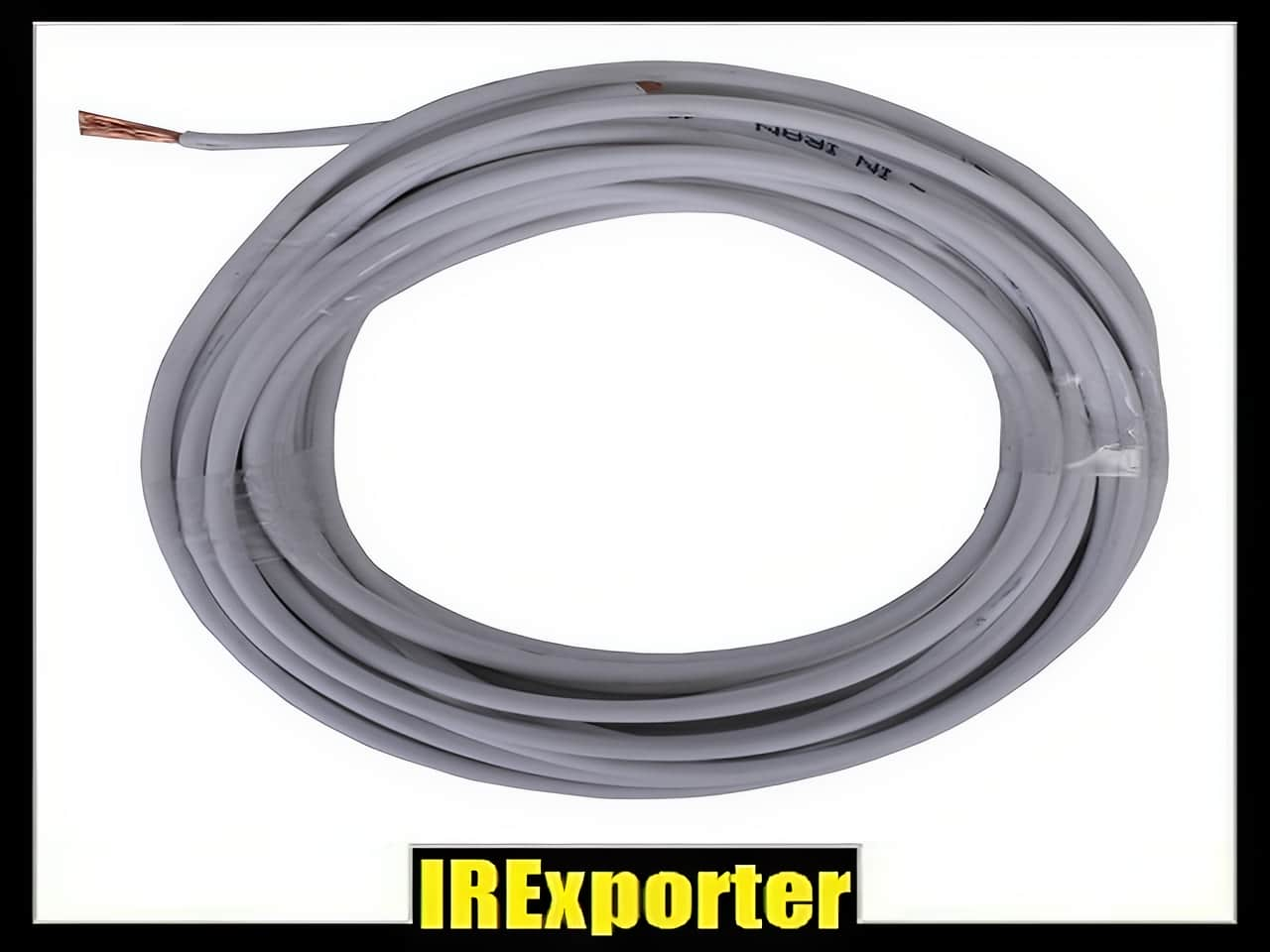
technology
the use of advanced technology in the wire production process can impact the purchase price. Outdated technology may result in higher production costs, leading to higher prices for exported wire. In contrast, advanced technology can lower production costs and contribute to lower prices for exported wire. In conclusion, the purchase price of exported wire from iran is influenced by various factors such as demand and supply, wire quality, competition in the global market, exchange rates, transportation costs, taxes and duties, government regulations, and technology. Understanding these factors is crucial for both suppliers and customers in the wire export industry. Iran’s wire export industry has shown growth potential, thanks to its high-quality products and competitive pricing, positioning it as a significant player in the global wire market.
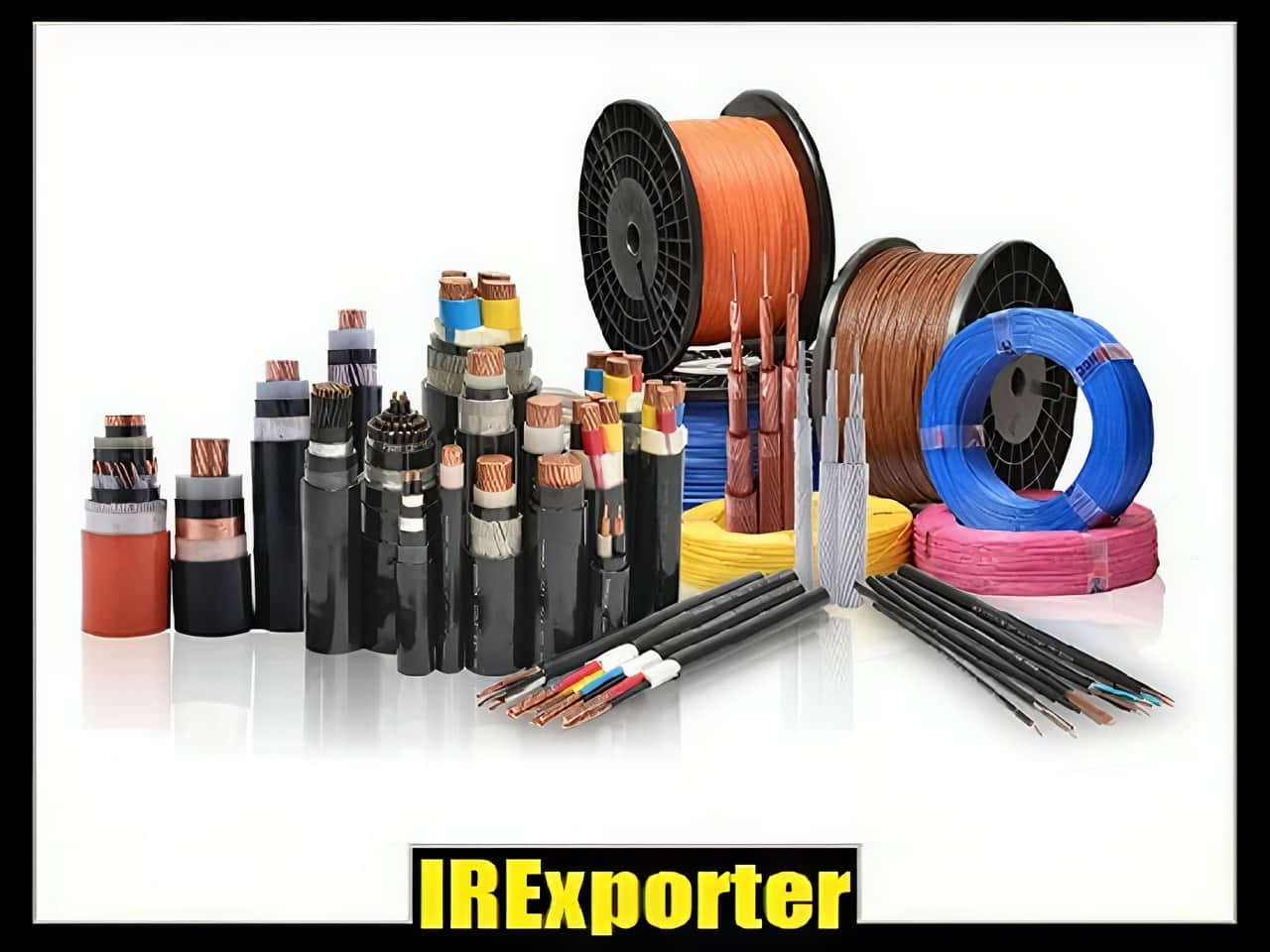
taxes and duties
taxes and duties imposed by the importing country also play a role in determining the purchase price. Higher taxes and duties result in increased prices, while lower taxes and duties may lead to lower prices for exported wire.
government regulations
government regulations related to wire exports can affect the purchase price. Restrictions imposed by the government may increase prices, while supportive policies can lead to lower prices.
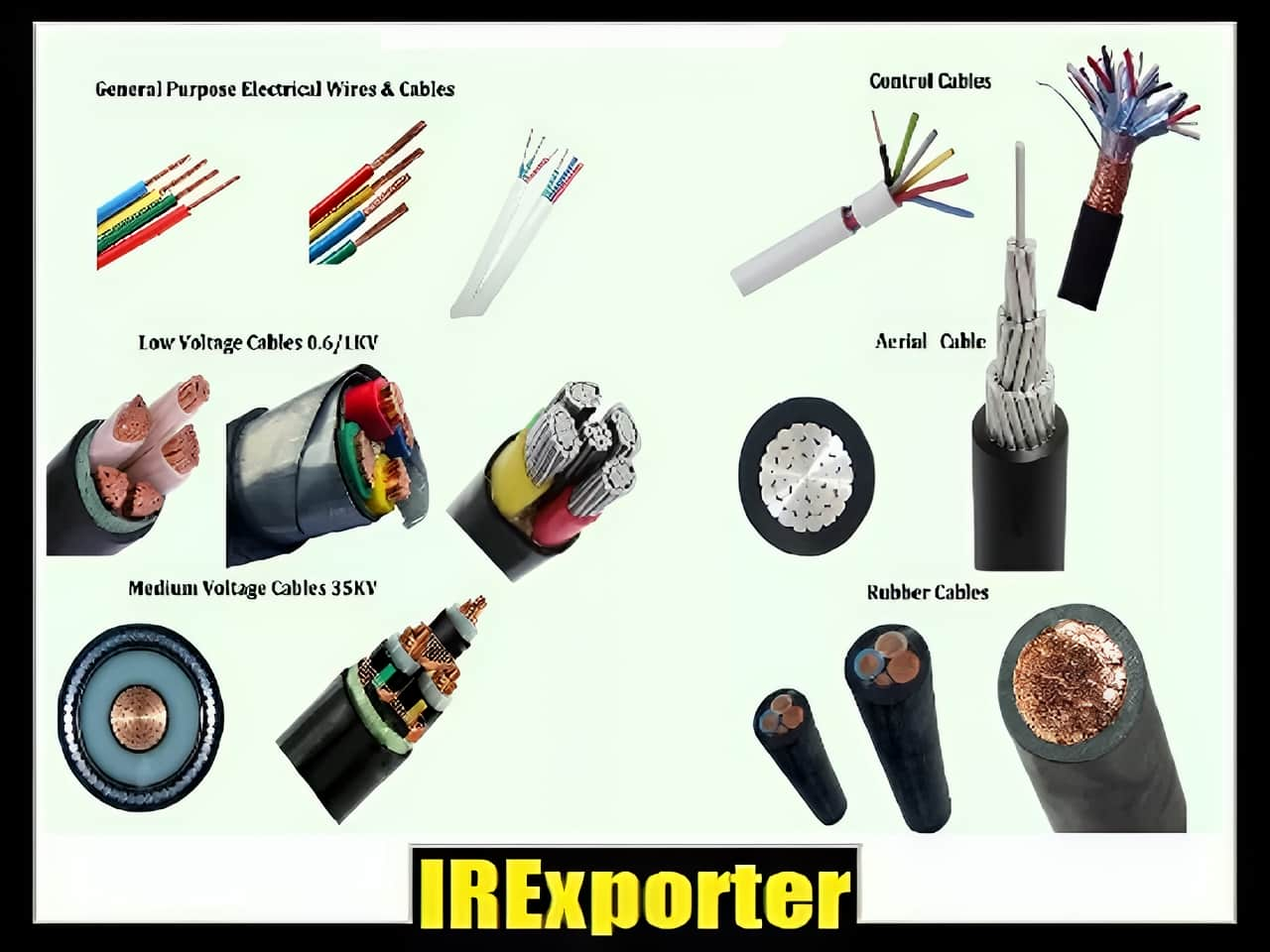
quality of wire & cable
the quality of wire & cable is an essential factor impacting its purchase price. High-quality wire is sought after due to its superior performance and durability. Iran’s wire exports are known for their high quality, making them competitive in the global market. Iran’s utilization of advanced technology and skilled workers contributes to the production of high-quality wire.
competition in the global market
the level of competition among wire suppliers in the global market affects the purchase price. When there are multiple suppliers, prices become competitive as they strive to attract customers by offering lower prices. Conversely, if there are few suppliers, prices tend to be higher due to limited competition.
| wire and cable export from Iran | |
|---|---|
| 💎 Product benefits | Good price and High quality |
| 💲 Export wire and cable price | The lowest price in the trade market |
| ⏳ Quality of wire and cable for export | Top-Grade |
| ⏱ How to send products | By ship shipping |
| 🎯 How to order | By email and call |

